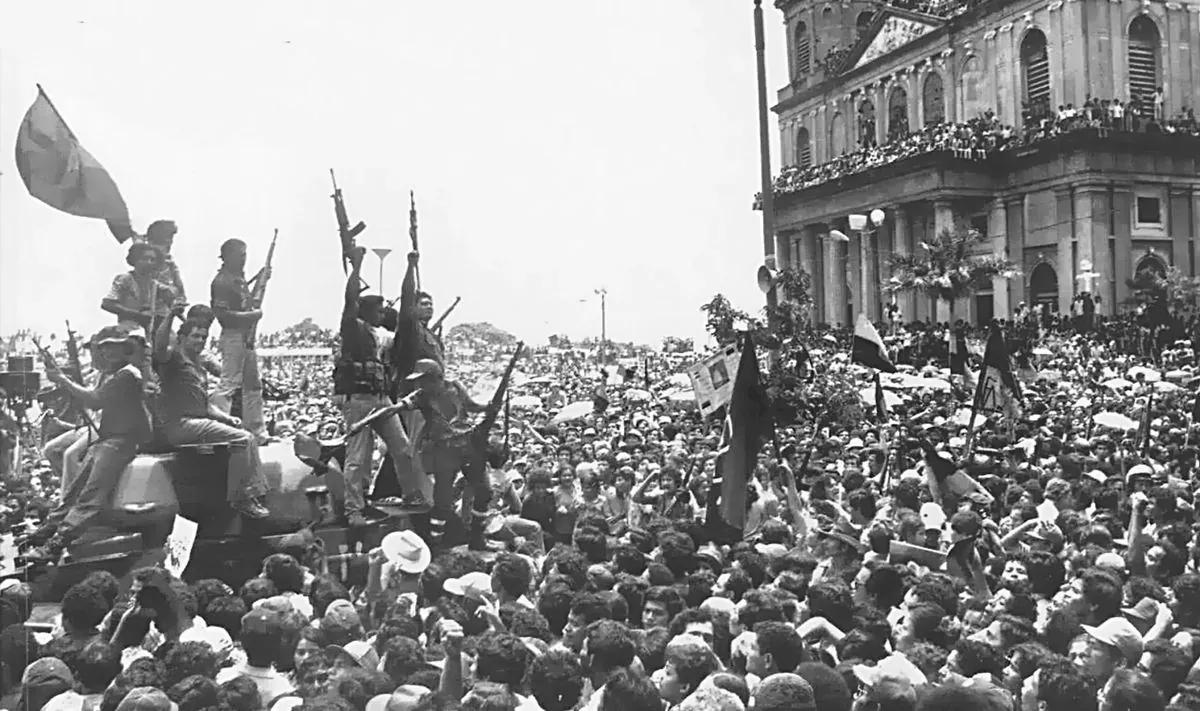Forty-five years ago, the Sandinista National Liberation Front (FSLN) overthrew the Somoza dictatorship in Nicaragua, marking a significant turning point in the country's history. Today, the promise of liberation has transformed into another authoritarian regime under Daniel Ortega and his wife, Rosario Murillo.
The FSLN's victory on July 19, 1979, ended the 42-year rule of the Somoza family, which had been backed by the United States. However, the jubilation was short-lived as the country soon faced the Contra War from 1980 to 1989, resulting in tens of thousands of casualties.
Daniel Ortega, initially elected president in 1984, has held power since 2007. Constitutional changes in 2014 allowed for his indefinite reelection, solidifying his grip on the country. Rosario Murillo, serving as vice president since 2017, has steadily increased her influence within the government.
The Ortega-Murillo regime has faced growing criticism for its authoritarian practices. In 2018, a civil rebellion was violently suppressed, resulting in over 350 deaths and thousands of injuries, imprisonments, and exiles. Since then, the government has intensified its crackdown on dissent, banning protests, seizing media outlets, and revoking the legal status of numerous organizations.
"Ortega's dictatorship is unique insofar as he is singularly uncharismatic and is uninterested in direct appeals to the Nicaraguan people that other more personalist populist leaders rely on to bolster support."
The regime's popularity has plummeted to around 15% as of 2023, according to Gallup. Internal power struggles and purges have further weakened the government's stability. High-ranking officials, including judges and ministers, have been dismissed, revealing growing tensions within the ruling party.
Nicaragua, the largest country in Central America, faces significant challenges beyond its political turmoil. With a population of 6.8 million and an economy primarily based on agriculture and mining, the country struggles with poverty and underdevelopment. The literacy rate stands at approximately 82%, reflecting ongoing educational challenges.
Despite these issues, Nicaragua boasts rich biodiversity, including over 700 bird species, and is home to two UNESCO World Heritage Sites. Known as the "Land of Lakes and Volcanoes," the country has significant potential for tourism and ecological preservation.
As the Ortega-Murillo regime grows increasingly isolated, many observers speculate about the possibility of regime change. The couple's advancing age – Ortega is 78 and Murillo is 73 – raises questions about succession plans and the potential for a democratic opening.
"There is no question that the dictatorship of Daniel Ortega and Rosario Murillo is getting weaker and weaker every day."
The future of Nicaragua remains uncertain, but the growing discontent and internal fractures within the regime suggest that change may be on the horizon. As the country marks the 45th anniversary of its revolution, many Nicaraguans hope for a return to the ideals of liberation and equality that inspired the Sandinista movement nearly half a century ago.
